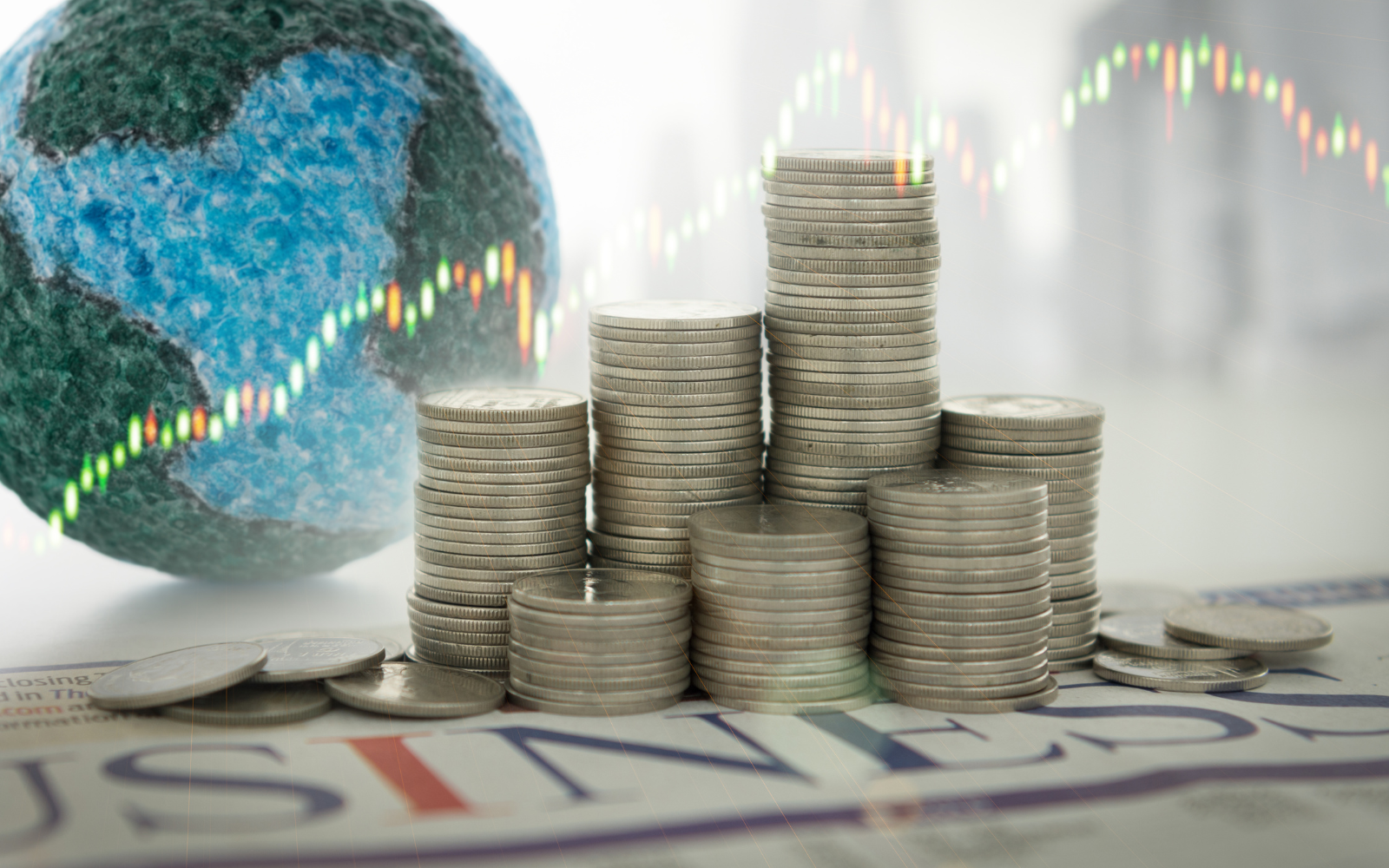
There’s nothing to worry about in this number: the inflation rate rose from 2.5% to 2.7% in July, which is above the 2% target that the Federal Reserve Board is targeting, but clearly far more moderate than some of the dire predictions around the tariff increases. It’s worth remembering that three years ago, during the aftershocks of the Covid epidemic, the consumer price index had risen from 1% to 9%. The economy has been (as the chart shows) recovering from that bout of inflation first quickly, now more gradually, and this appears to be a blip on the chart.
For all the recent controversy about employment statistics, the bottom line there is that the unemployment rate in July was unchanged at 4.2%. There were revisions of the May and June numbers, which launched some political controversy (and one more person added to the unemployment rate), and suggested that firms were not hiring aggressively over the summer.
The inflation numbers were boosted by sharp upturns in rental rates and housing. The employment situation is more interesting. We are living through a very tight labor market, but for high school and college graduates, the picture looks a bit different. By some estimates, people looking for an entry level job make up 85% of unemployment. One possible factor is that artificial intelligence may be handling the back office and rote data management work that is typically given to new hires as they ‘learn the system’ in their first couple of years with a company. According to a report from the Handshake jobs platform, more than half of this year’s college graduates feel pessimistic about starting their careers in the current economy.
Sources:

Access our comprehensive, unbiased financial guides here.